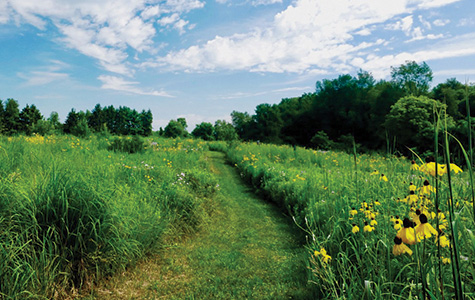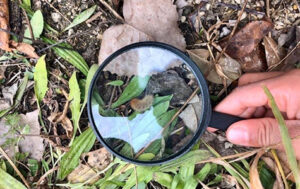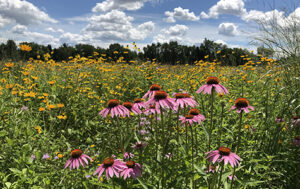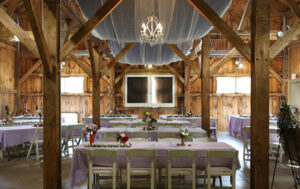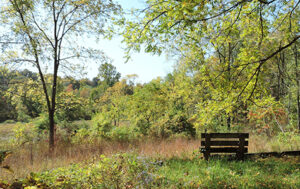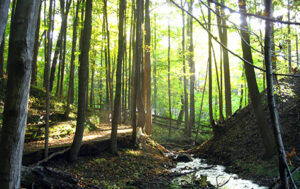May 20-29, 2024
This was the final week of surveys with the final survey taking place on May 29th. There were 5 new species added to the list this week putting us at 124 species for the season. The last 5 species were Osprey, Hooded Warbler, and Alder, Willow and Acadian Flycatchers. Osprey have been around in Kalamazoo…

